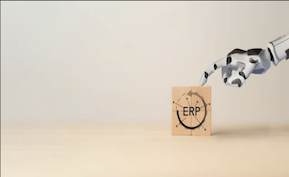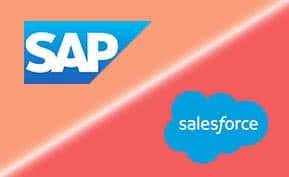Accounting
Customer and Product Profitability: Turning Your Accounting Data into a Strategic Weapon

Why Top-Line Growth Isn’t Enough
Many finance dashboards celebrate revenue growth, but not all revenue is created equal. Some customers buy high-margin products, pay on time and require minimal support. Others negotiate deep discounts, demand custom features and pay late. Without a clear view of customer and product profitability, companies unintentionally invest in the wrong segments.
From P&L to Profitability Lens
Traditional accounting systems report profitability by legal entity or business unit, not customer or SKU. Modern FP&A and analytics tools sit on top of ERP and accounting systems to re-cut the P&L by:
- Customer, segment or region.
- Product, family or bundle.
- Channel and partner.
This lets finance teams identify which combinations of customers and products actually drive contribution margin.
Building a Profitability Model
A practical profitability model starts with:
- Revenue and discounts at invoice line level.
- Direct costs such as cost of goods sold, commissions and delivery.
- Allocated indirect costs like support, account management, marketing and overhead.
FP&A software can automate allocations using drivers — for example, number of tickets by customer, volume shipped, or time spent by account teams — making the model more objective and repeatable.
Driver-Based Cost Allocation
Cost allocation is often where profitability projects stall. Instead of debating perfection, define drivers that are “good enough” and transparent:
- Allocate support costs by number of cases or hours logged.
- Allocate marketing programs by campaign-targeted revenue.
- Allocate logistics overhead by weight, distance or shipments.
Because the FP&A platform stores drivers and rules centrally, you can tweak them without rewriting the entire model.
Profitability Dashboards for the Business
Once the model is live, build dashboards that show:
- Top and bottom quartile customers by contribution margin.
- Product mix for profitable vs. unprofitable segments.
- Trend lines for profitability over time by cohort.
Commercial leaders can then make better decisions about pricing, packaging, contract terms and service levels.
Embedding Profitability into Planning
Profitability analytics shouldn’t be a one-time study. Feeding profitability outputs back into your planning and forecasting process inside the FP&A tool closes the loop. You can:
- Shift quota and territory design toward high-margin segments.
- Set pricing floors and guardrails by product and segment.
- Design service tiers that align cost-to-serve with contract value.
Linking Profitability to Strategy
Armed with a reliable view of customer and product profitability, CFOs can challenge strategic assumptions:
- Should we exit certain low-margin segments?
- Are we under-investing in products with high margins and high retention?
- Do we need to re-negotiate contracts for high-cost, low-profit customers?
Because all this analysis lives in a centralized platform, finance can refresh the view quickly and support ongoing decisions, not just annual reviews.
Final Thoughts
Customer and product profitability analysis turns raw accounting data into strategic insight. With the right FP&A and analytics software, finance teams can move beyond “total revenue and margin” and answer the real question: Which customers and products deserve more of our time, money and attention?






